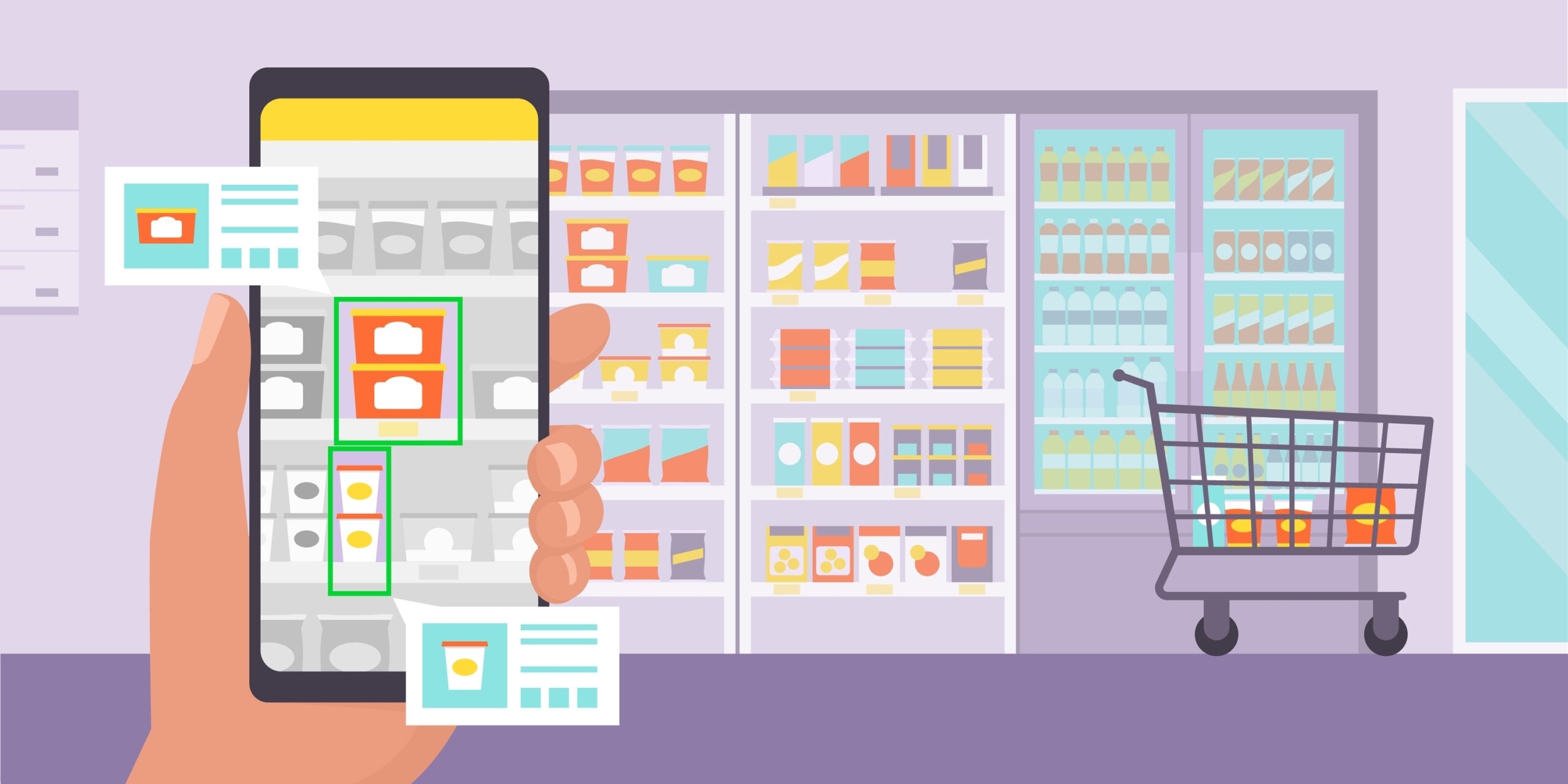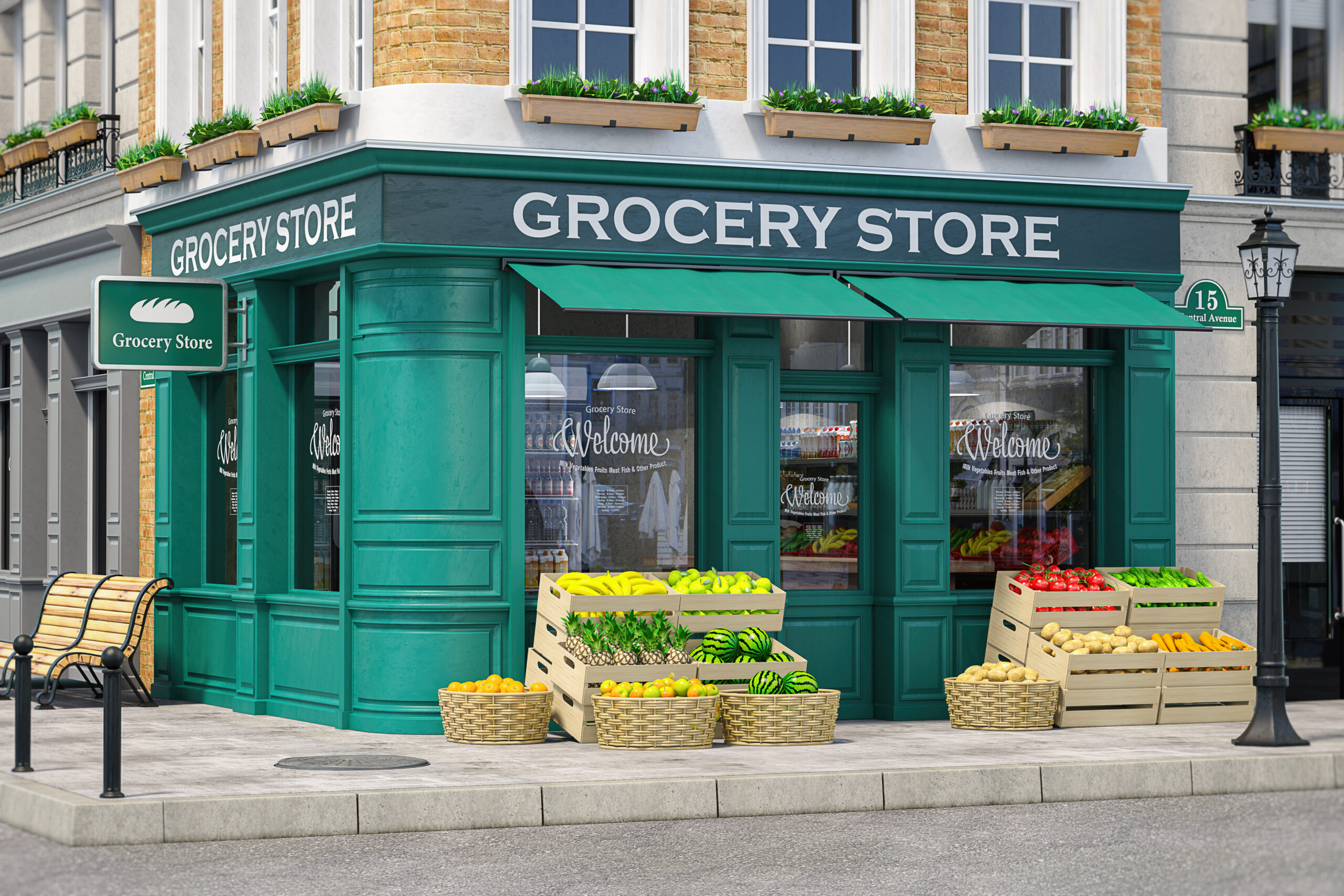A top priority for most—if not all—retailers is to increase the average basket size and category reach within their stores. Doing so can significantly impact customer experience, brand awareness, and revenue. And while there are different methods to achieving this goal, one impactful way is to encourage cross-category purchasing with promotions, displays, and category-adjacencies.
What does it mean to increase basket size and category reach? Increasing basket size means customers are encouraged to purchase more items during a single shopping trip. Category reach refers to the number of different product categories or market segments that a business serves; therefore, expanding into new categories leads to new revenue streams. Creating opportunities for customer to purchase products in multiple categories is a smart goal, but achieving that goal means first understanding the impact your displays and promotions will have on shoppers.
Cross-category promotions and displays tend to be specific and time-constrained:
- For this week only buy any five items from specific brands and get $5 off your purchase
- Buy this item and receive $1 off a complementary item
- End cap featuring everything you need for snacks and beverages during the big game
- Display featuring holiday baking or summer barbecue essentials
Category-adjacencies within an aisle or on a macro store-flow level tend to be more strategic and long-term focused on promoting add-on purchases:
- Placing frozen meat/meat alternatives and frozen vegetables in the same aisle within the frozen department
- Putting non-alcoholic mixers adjacent to vodka and rum (as opposed to wine or Scotch)
- Weaving fabric softener and scent boosters into the laundry detergent arrangement
Retailers and brands need to understand both short- and long-term strategies that will not only improve shopability but also result in a +1 to their basket. It’s great to make it easier and faster for shoppers to get what they need (and maybe some items they didn’t know they needed), but how does that translate to dollars and volume?
At InContext, two of the core metrics we use to evaluate any merchandising concept are dollars per buyer and units per buyer – on average how much does each buyer spend and how many items do they put in their basket? And consequent to the per buyer metrics: are total dollars and units significantly higher than other concepts tested? Or, more frankly, is it worth the effort to execute this idea, and will it drive revenue and volume? We can also drill down into specific categories, subcategories, or brands that are being cross-purchased most often to understand source of dollars/units and further evaluate assortment and/or adjacencies tested.
Shopping behavior is the foundation of our analysis whether you’re testing specific promotions or seasonal displays, subcategory layout within an aisle or the flow of your entire store. Our 3D virtual stores replicate real brick-and-mortar retailers providing the most realistic context for shoppers, which translates to test results that correlate with in-store testing at a 0.9 level.
Interested in how you can test and measure merchandising strategies to drive basket size and category reach? Contact us to learn more about our methodology and start designing your next study with our team of virtual research experts.





